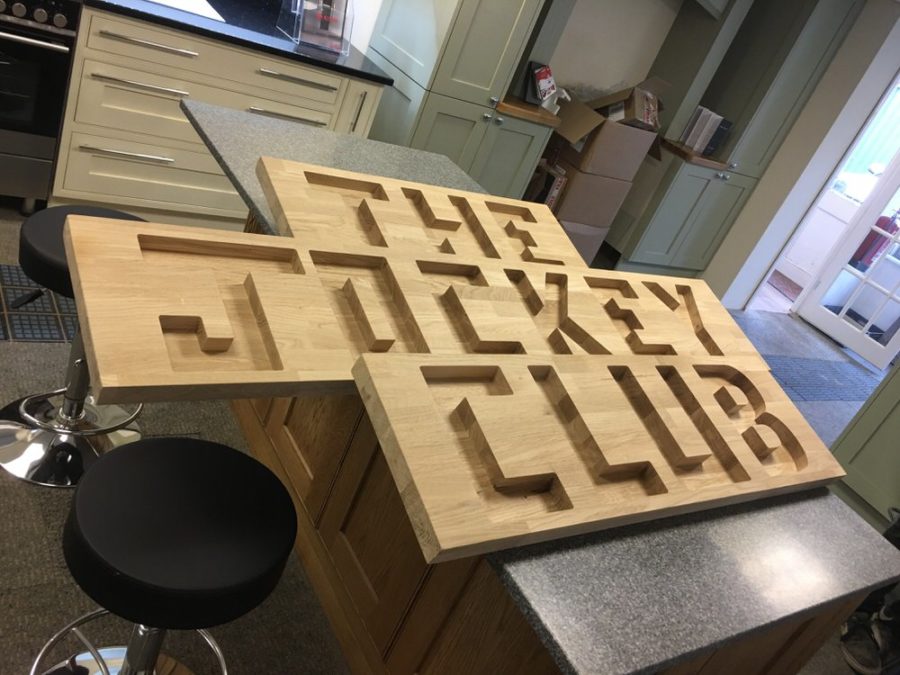Finance Calculator
Finance provided by Kennet Equipment Leasing Limited, Kennet House, Temple Court, Temple Way, Coleshill, B46 1HH. Tel: 01675 469254 or email marksteam@kennet-leasing.co.uk | www.kennet-leasing.co.uk
Kennet Equipment Leasing Limited is regulated by the FCA in respect of agreements governed by the Consumer Credit Act 1974. FRN 676024.
The Tax Benefits of Leasing explained
Leasing converts a large capital expenditure into small monthly payments. Hence the company has the profit-making equipment immediately and keeps their cash reserve available.
Rather than investing the precious cash reserves in depreciating assets, the company can use them to help increase profits.
Lease Rental is 100% Tax deductible
The main reason that the majority of companies lease rather than purchase equipment is that they use leasing as a method of reducing their tax bills. This is because lease rental is 100% tax deductible, and all payments made for the equipment are written off against the company’s tax bill. For any profit making business, this means a substantial saving in the real cost of acquiring equipment by lease rental. This could mean a saving of between 20-40% of the lease payments, depending on the rate of tax you pay*.
Payments on qualifying leases are written off as direct operating expenses, rather than a debt or outstanding liability, thus reducing short term taxable income.
Any capital allowances are passed on to you, and lease payments can be offset against taxable profits. VAT can also be reclaimed on monthly payments. This status as a “lease” as opposed to a “liability” on a company’s balance sheet is something the banks like to see, which is why an operating lease can be attractive. For this reason, leasing is often referred to as ‘off balance sheet’ financing – a tremendous advantage to both large and small businesses.
Ownership at the end of the lease
Lease rental is just that, a rental or hire agreement. Title of the goods remains with the Lessor (either Kennet or assigned to a bank), which means the equipment does not show on the companies balance sheet, therefore not needing to be depreciated over a fixed period. If Kennet broker the funding, they are the “third party” involved within the lease agreements. In effect, Kennet buys the equipment from the supplier and then sell it on to the customer. This means that the customer can take full advantage of all the benefits of leasing but still owns it at the end
The disadvantage of buying equipment outright
The disadvantage to buying equipment out-right, is that the capital invested becomes a depreciating asset. This is an asset that’s value decreases over time.
The total amount that assets have depreciated by during a reporting period is shown on the cashflow statement, and also makes up part of the expenses shown on the income statement. The amount that assets have depreciated to by the end date is shown on the balance sheet.
How the tax advantages of leasing works – in numbers
You lease a machine that costs £5,000 + VAT, over a 3 year term.
The monthly payments would be £161.15 + VAT over 36 months
Total paid over the term of the lease £5801.40
19% tax can be reclaimed on the total lease payments over the 3 years, so a total of £1102.27
Therefore the net cost of the lease is £5801.40- £1102.27= £4699.13*
*Your accountant will be able to provide more information. This information is provided for guidance only.

